Empire Magazine has long been a beacon for film lovers, offering insightful critiques and celebrating the art of cinema. Their list of the greatest films ever made is not just a collection of movies; it's a journey through the evolution of storytelling on screen. These films have not only entertained but have also shaped the cinematic landscape, influencing generations of filmmakers and viewers alike. Here, we delve into 10 of these cinematic gems, each with its own compelling narrative and cultural impact.

Citizen Kane (1941)
Description: Orson Welles' masterpiece is often hailed as the greatest film ever made due to its innovative narrative structure, deep-focus cinematography, and profound exploration of themes like power, ambition, and the elusive nature of truth.
Fact: Welles was only 25 when he directed the film. The film's famous sled, "Rosebud," was actually burned in the final scene.
 Watch Now
Watch Now 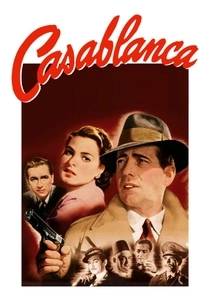
Casablanca (1942)
Description: Set against the backdrop of World War II, "Casablanca" combines romance, intrigue, and sacrifice in a way that has made it timeless. Its memorable lines and iconic characters have become part of the cultural lexicon.
Fact: The script was still being written during filming, leading to many improvisations. The famous line "Here's looking at you, kid" was ad-libbed by Humphrey Bogart.
 Watch Now
Watch Now 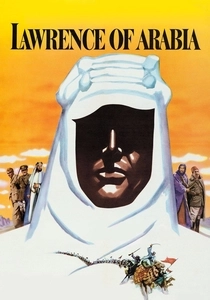
Lawrence of Arabia (1962)
Description: David Lean's epic biopic captures the vastness of the desert and the complexity of T.E. Lawrence's character. Its sweeping visuals and historical depth make it a monumental achievement in cinema.
Fact: The film was shot in Super Panavision 70, which allowed for its expansive desert scenes. Peter O'Toole was nominated for an Oscar for his role, despite it being his first major film role.
 Watch Now
Watch Now 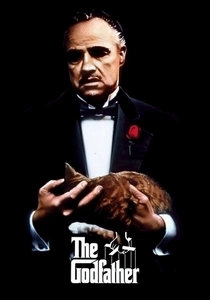
The Godfather (1972)
Description: A saga of family, loyalty, and the American Dream, "The Godfather" is a cornerstone of modern cinema. Its exploration of the inner workings of the mafia, combined with unforgettable characters, has earned it a spot in the hearts of film enthusiasts worldwide.
Fact: Marlon Brando improvised the famous line "I'm gonna make him an offer he can't refuse." The cat in Vito Corleone's lap was a stray from the studio lot.
 Watch Now
Watch Now 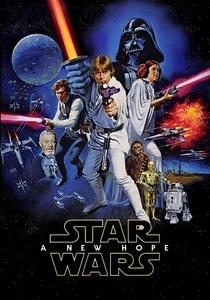
Star Wars (1977)
Description: George Lucas' space opera redefined the sci-fi genre, creating a universe that has captivated audiences for decades. Its blend of adventure, special effects, and timeless storytelling has made it a cultural phenomenon.
Fact: The film was originally titled "The Adventures of Luke Starkiller, as taken from the Journal of the Whills, Saga I: The Star Wars." The sound of the lightsabers was created using the hum of an old projector.
 Watch Now
Watch Now 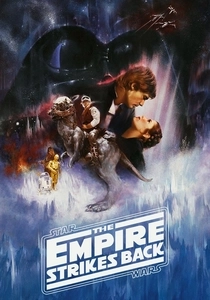
The Empire Strikes Back (1980)
Description: The second installment in the Star Wars saga deepened the lore and introduced iconic moments like the revelation of Luke's parentage. Its darker tone and complex narrative made it a standout sequel.
Fact: Yoda was originally going to be played by a monkey in a mask. The film's famous "I am your father" line was not in the original script.
 Watch Now
Watch Now 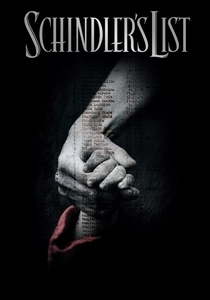
Schindler's List (1993)
Description: Steven Spielberg's poignant portrayal of Oskar Schindler's efforts to save Jews during the Holocaust is both a historical document and a testament to the power of one person's actions. Its stark black-and-white cinematography adds to its gravity.
Fact: Spielberg refused payment for directing the film, considering it a labor of love. The girl in the red coat was one of the few splashes of color in the film, symbolizing innocence.
 Watch Now
Watch Now 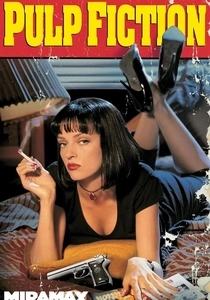
Pulp Fiction (1994)
Description: Quentin Tarantino's non-linear narrative and eclectic dialogue made "Pulp Fiction" a landmark in independent cinema. Its influence on pop culture and its ability to blend humor with violence has cemented its place in film history.
Fact: John Travolta's dance moves were inspired by his own childhood memories. The film was shot out of sequence, which added to its unique storytelling.
 Watch Now
Watch Now 
The Shawshank Redemption (1994)
Description: This tale of hope, friendship, and redemption in the face of adversity has resonated with audiences for its emotional depth and uplifting message. Its enduring popularity speaks to its universal themes.
Fact: The film was not a box office success initially but gained a massive following through home video and television broadcasts. The prison was a real-life former prison in Ohio.
 Watch Now
Watch Now 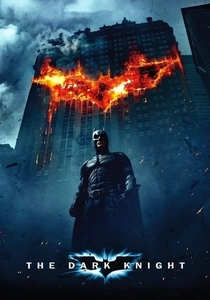
The Dark Knight (2008)
Description: Christopher Nolan's take on Batman redefined the superhero genre, with Heath Ledger's unforgettable performance as the Joker. Its exploration of chaos, order, and morality has made it a modern classic.
Fact: Heath Ledger improvised many of the Joker's lines, including the famous "Why so serious?" Ledger's performance was posthumously awarded an Oscar.
 Watch Now
Watch Now 








